800-Volt EV Charging: The ?Other Palliative for Range Anxiety ???
Cars That Think
APRIL 4, 2022
Some automakers keep trying to soothe it with ever-larger and heavier battery packs, so that consumers can go farther between charges. But their ability to charge to 80 percent capacity in as little as 18 minutes shows how EVs might circumvent the problem of battery overkill and still be fully viable as interstate cruisers.

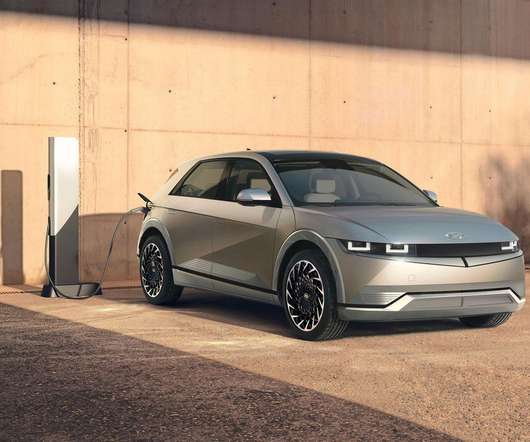
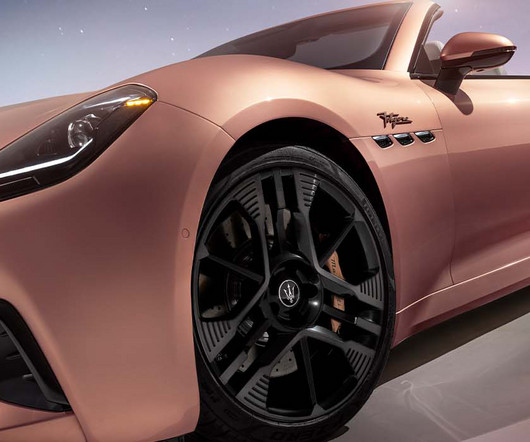
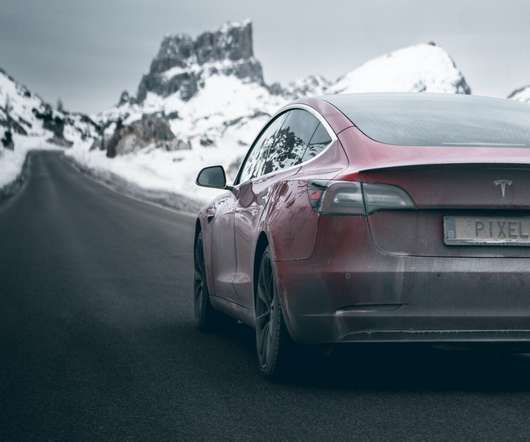

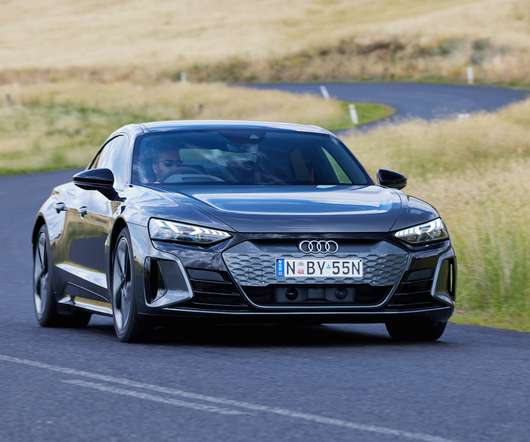


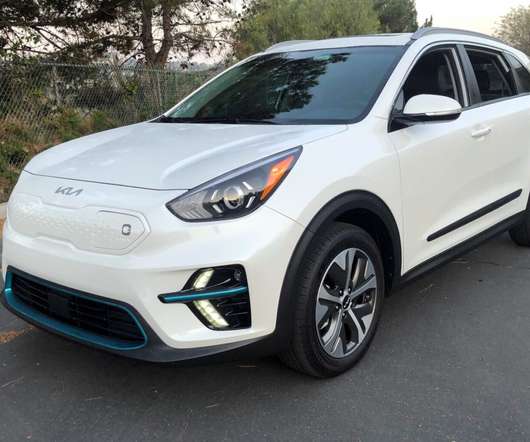
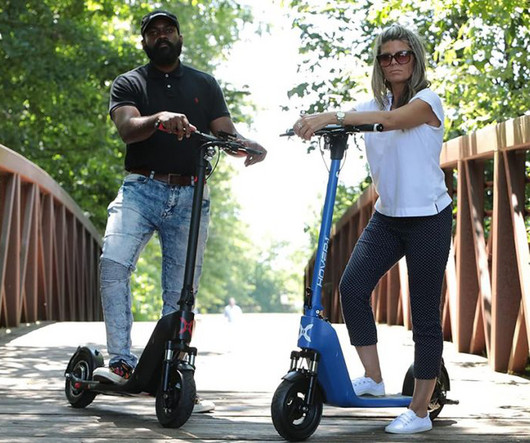
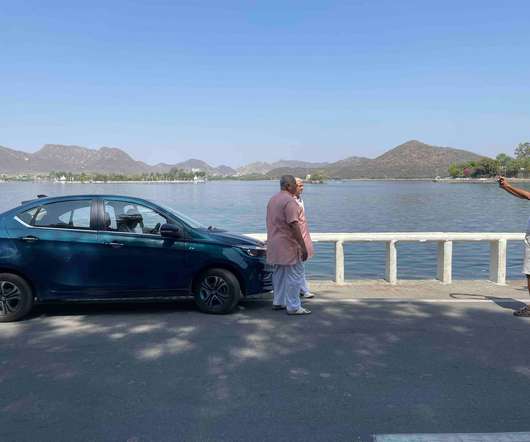
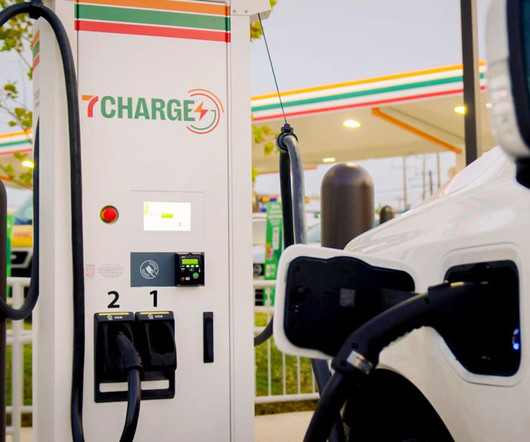

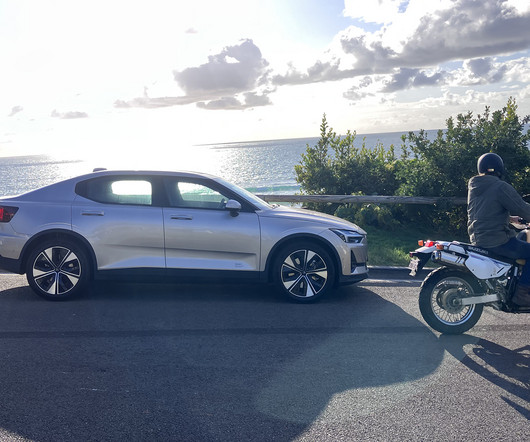







Let's personalize your content